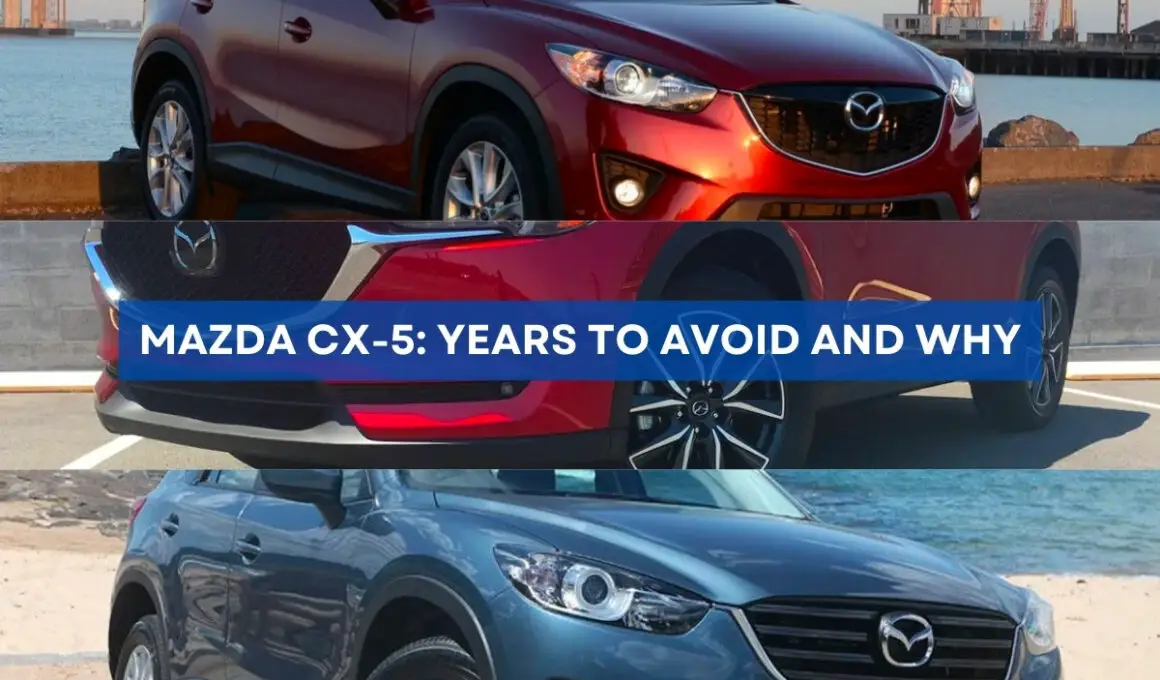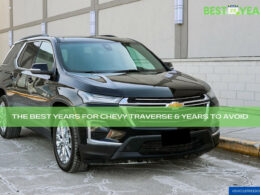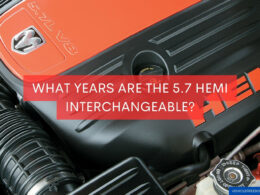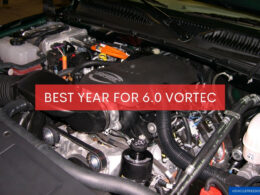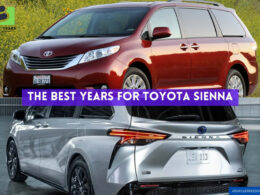In This Article Show
Having spent over 13 years working under the hood as a mechanic, I’ve seen my fair share of cars and the issues they can present. The Mazda CX-5, a popular SUV choice for many, is no exception.
But don’t get me wrong – I’ve seen CX-5s that run as smoothly as the day they were driven off the lot and others, well, not so much.
Through my experience in the automotive industry and my passion for writing blog posts, I aim to offer you an informed perspective on which Mazda CX-5 years might be best to avoid. Let’s get into it.
Mazda CX-5: A Brief History
Introduced to the automotive world in 2012, the Mazda CX-5 represented a significant leap for Mazda, emphasizing its new “KODO – Soul of Motion” design philosophy and the beginning of the SKYACTIV technology era. SKYACTIV, for those unfamiliar, is Mazda’s innovative approach to creating fuel-efficient vehicles without sacrificing performance.
In my 13 years as a mechanic, I’ve witnessed firsthand how the CX-5 quickly earned a reputation for its elegant design, engaging driving dynamics, and cutting-edge tech features. Throughout its evolution, the SUV has undergone several updates to address the demands of the modern driver.
From its humble beginnings with the 2012 model – which broke the mold of typical compact SUVs – to more recent models loaded with state-of-the-art safety and convenience features, the Mazda CX-5 has consistently demonstrated its commitment to driver satisfaction.
What’s truly impressive is how Mazda managed to strike a balance. They’ve offered an SUV that provides practicality and safety and ensures drivers experience the thrill that only a finely tuned machine can deliver.
As someone who has worked on and written about countless cars, I believe the CX-5’s success is a testament to Mazda’s dedication to innovation and their understanding of what drivers truly want.
Why Do Certain Years Face More Issues?
One pattern that’s consistently emerged is the varying nature of automotive issues depending on a vehicle’s production year. If you’re wondering why this happens, you’re not alone. Let’s unravel this mystery, keeping it straightforward and digestible.
1. Introduction of New Technology
Manufacturers often introduce new technologies or features in their quest to outdo competitors. While these can be groundbreaking, there can also be teething problems. Think of it as the ‘trial’ phase, where issues may only become apparent after a car has been on the road for some time.
2. Rushed Production or Design Changes
Sometimes, due to market pressures or internal goals, carmakers might hasten a vehicle’s production. This rush can lead to oversight or under-testing, resulting in potential issues cropping up for the consumer.
3. Supply Chain Disruptions
Automotive production relies heavily on a vast network of suppliers. Any disruption (like a global pandemic or a natural disaster) can lead to the use of alternative parts which might not be up to the usual standard.
Note
Understanding that certain years might be more problematic than others isn’t about pointing fingers or blaming manufacturers. It’s about making informed decisions. If you know a particular model year had issues, you can either avoid it or, if you’re keen on that specific year, ensure that any known problems have been addressed before purchasing.
In the context of the Mazda CX-5, as with any other vehicle, there have been highs and lows. As we delve deeper into which years to steer clear of, remember that no car is perfect, and issues can arise even in the best models.
Specific Mazda CX-5 Model Years to Consider Avoiding
The Mazda CX-5, for all its accolades and advancements, hasn’t been without its bumps in the road. Drawing from both widespread reports and my own 13-year experience as a mechanic, there are certain model years that have garnered more attention due to recurring issues.
Before diving in, I want to reiterate that every car can have its off year – and identifying these isn’t to deter you from the brand but to help you make an informed purchase.
1. 2013 Model Year
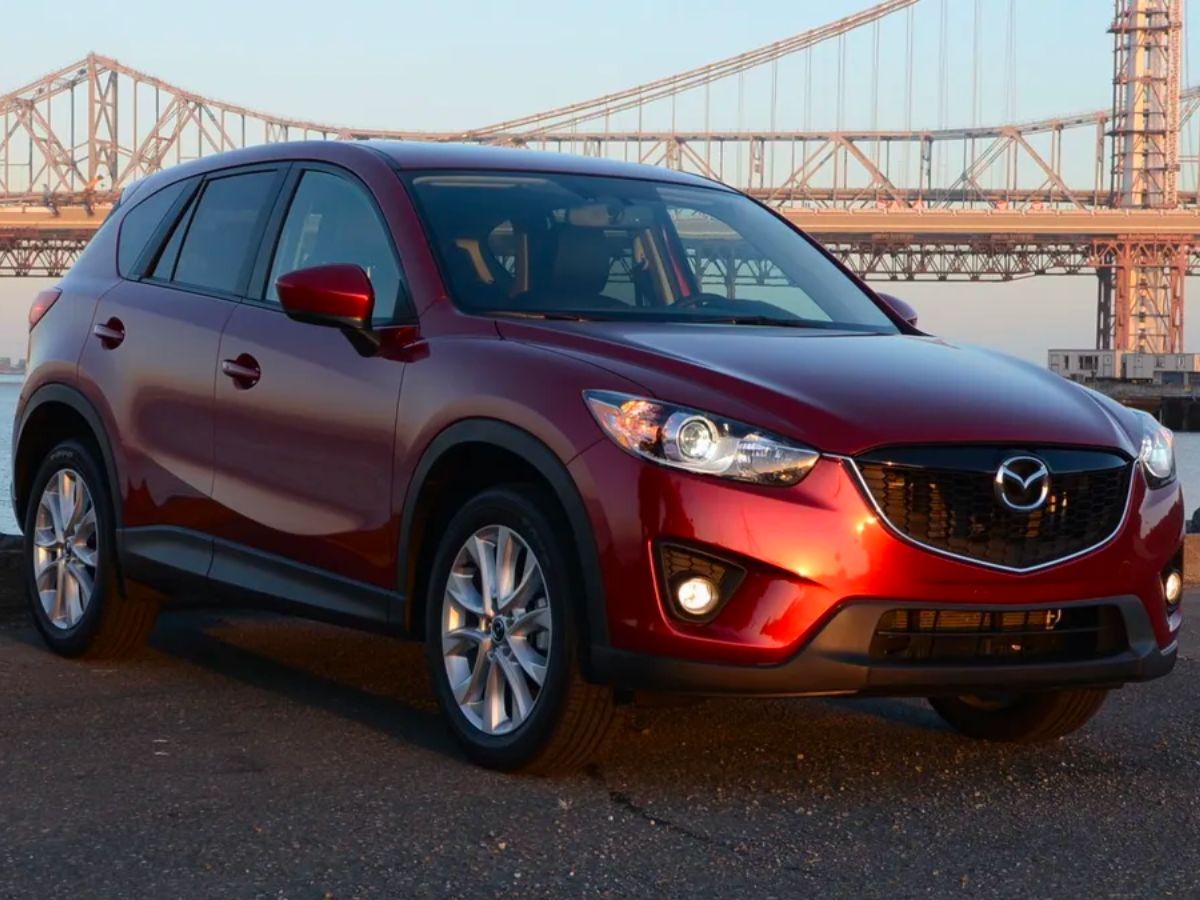
The common issue with the 2013 model is the engine. Some owners reported early engine failure or excessive oil consumption. This is particularly concerning because engine issues can lead to hefty repair bills. If you’re considering this year, check maintenance records. Ensure any engine-related complaints have been addressed.
2. 2016 Model Year
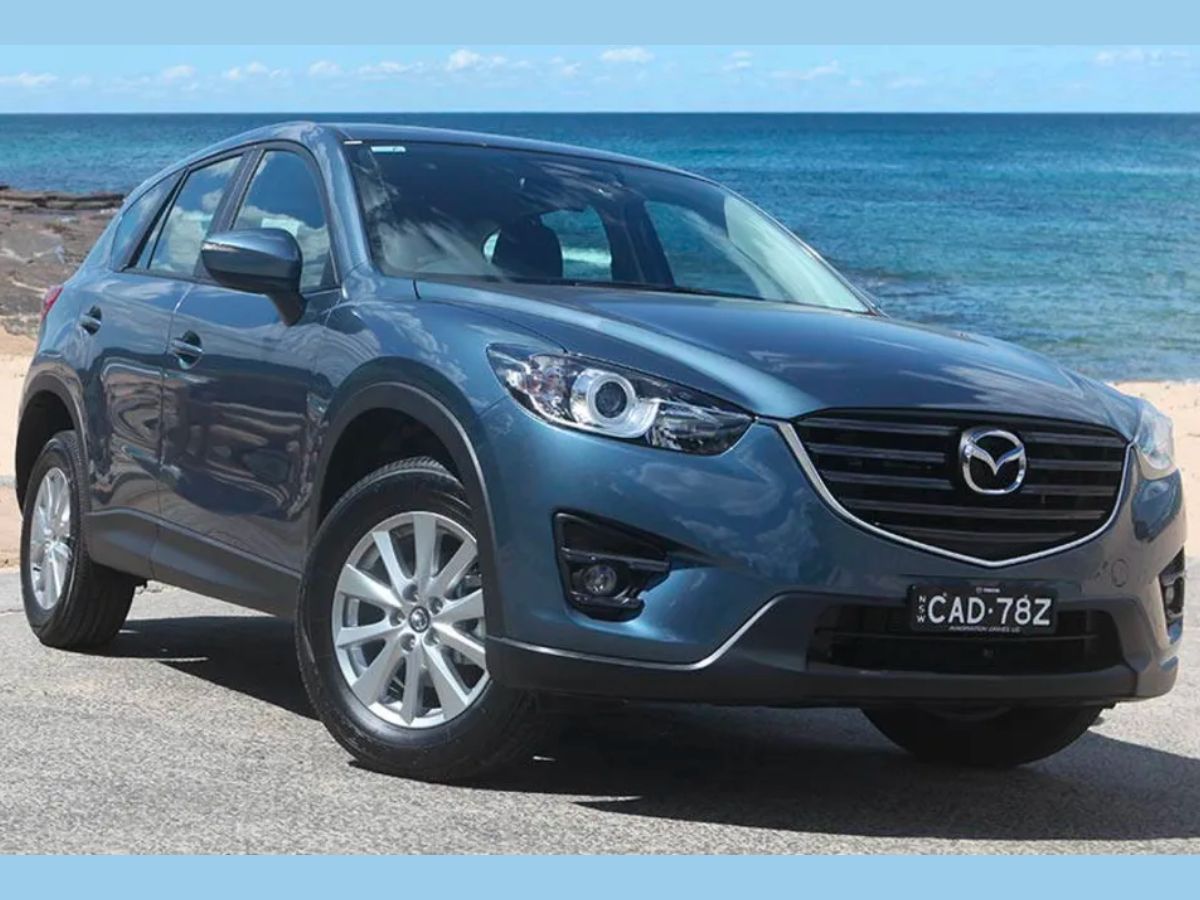
One significant issue with this model is its transmission troubles. There were instances of rough shifting or, in more severe cases, complete transmission failure.
While not rampant, the frequency was notably higher than in other years. Listen for any odd noises or hesitations when test-driving. Check if the transmission fluid has been changed or if there have been any related repairs.
3. 2018 Model Year
The Mazda CX-5 2018 model is known to have Infotainment system glitches. Owners occasionally reported the infotainment system freezing or rebooting unexpectedly. While not a safety concern, it can affect the driving experience. Test the infotainment system thoroughly before purchase. Check for updates or fixes if you experience problems.
Note
Always remember that while some models may have known issues, many units from the same year might run flawlessly. It’s always crucial to inspect a used vehicle thoroughly or, better yet, have it checked by a professional like yours. Having been in the industry for over 13 years, I can’t stress enough the value of a thorough pre-purchase inspection.
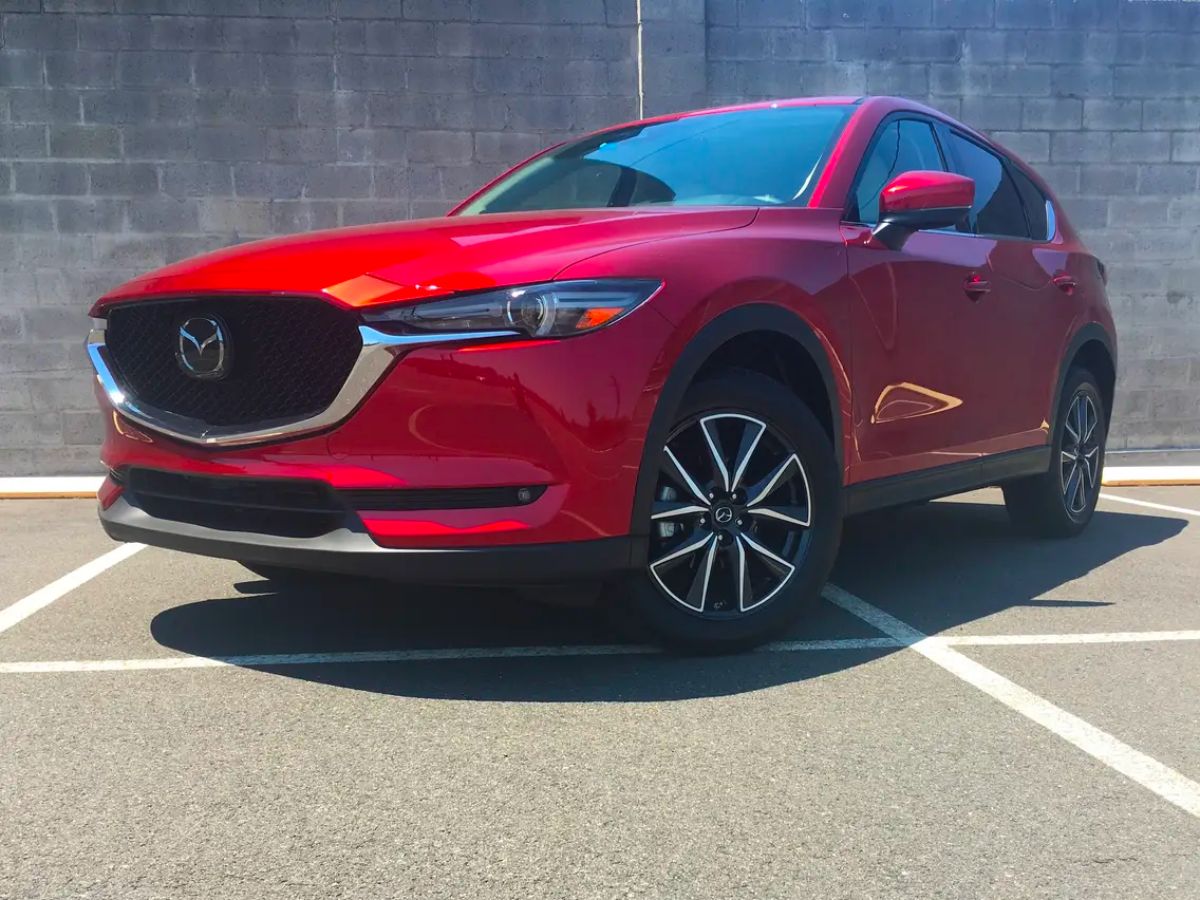
Tips for Potential Mazda CX-5 Buyers
Whether you’re a first-time car buyer or a seasoned veteran, navigating the used car market can be a bit daunting especially, when it comes to sought-after models like the Mazda CX-5.
But don’t fret – drawing from my 13 years as a mechanic and my interactions with countless car owners, here are some valuable tips to guide you in your Mazda CX-5 buying journey.
1. Check For Recalls and Service Bulletins
Manufacturers issue recalls and service bulletins when they recognize a consistent problem across a range of their vehicles. Addressing these can prevent bigger issues down the line.
The U.S. National Highway Traffic Safety Administration (NHTSA) website is a reliable resource for this information. Always check if the specific Mazda CX-5 you’re considering has had all recall-related repairs done.
2. Consider Purchasing Certified Pre-Owned (CPO)
CPO vehicles undergo rigorous inspections and usually come with extended warranties. This can give you peace of mind regarding the car’s condition and potential future repairs. Make sure to understand what the CPO warranty covers and for how long. Sometimes, it’s worth the slight premium for the assurance it offers.
3. The Value of an Extended Warranty or Service Plan
An extended warranty can cover significant repair costs after the manufacturer’s warranty expires. It’s a safety net, especially for models with specific issues. Read the fine print. Understand what’s covered, the deductible, and any other terms. Not all warranties are created equal, so shop around.
4. Personal Inspection and Test Drive
Beyond the specs and reviews, a personal test drive can tell you a lot about the car’s current condition. Listen for odd noises, pay attention to how it handles, and test all the features.
If you’re not confident in your inspection skills, consider bringing along a friend who is knowledgeable about cars. Or, even better, have it inspected by a seasoned mechanic.
5. Vehicle History Reports
These reports provide details on previous ownership, accidents, title issues, and more. They can offer insights into how well the car was maintained. Companies like Carfax and AutoCheck provide these reports. Always cross-reference to get a comprehensive view.
In all my years in the industry, the most recurring advice I find myself giving is this: arm yourself with knowledge. When you understand what you’re getting into and what to look out for, you’re better positioned to make a decision you won’t regret.
Alternative Models & Recommendations
Having been in the automotive world for over 13 years, both as a mechanic and a writer, I’ve had the pleasure of working on and discussing a vast array of vehicles. The Mazda CX-5 is undoubtedly a strong contender in its class.
However, if you’re having second thoughts or want to explore other options, several excellent alternatives are worth considering.
1. Honda CR-V
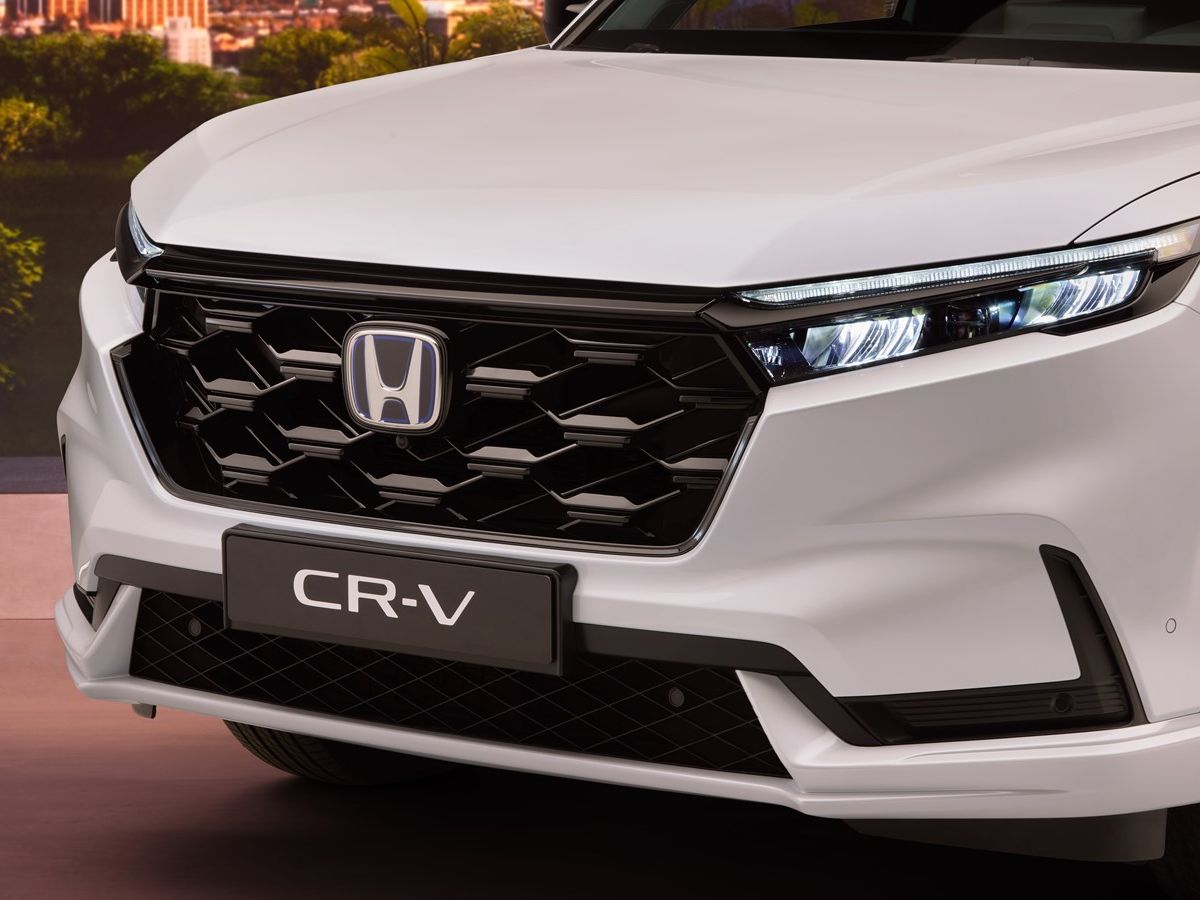
Known for its reliability and spacious interior, the Honda CR-V offers a comfortable ride and impressive fuel efficiency. However, some might find its design less sporty compared to others in its class. That said, the Honda CR-V great choice for those who prioritize longevity and a proven track record.
2. Toyota RAV4
The Toyota RAV4 has been a consistent favorite with its rugged design and proven reliability. Recent models also boast advanced tech and safety features. Its infotainment system can sometimes be less intuitive than competitors. But it is ideal for those looking for a blend of modern design with a reputation for durability.
3. Subaru Forester
Standard all-wheel drive and excellent safety features make the Forester a standout. It also offers ample cargo space and a comfortable interior. Some may find its performance less thrilling, especially if you’re after a sporty drive. Note that, this alternative is perfect for families and those living in regions with unpredictable weather, thanks to its AWD prowess.
4. Hyundai Tucson
Sporting a modern design and loaded with tech features, the Tucson offers much value for its price point. However, some models may not be as fuel-efficient as rivals. It is great to note that Hyundai Tucson suits those wanting a stylish, tech-forward SUV without breaking the bank.
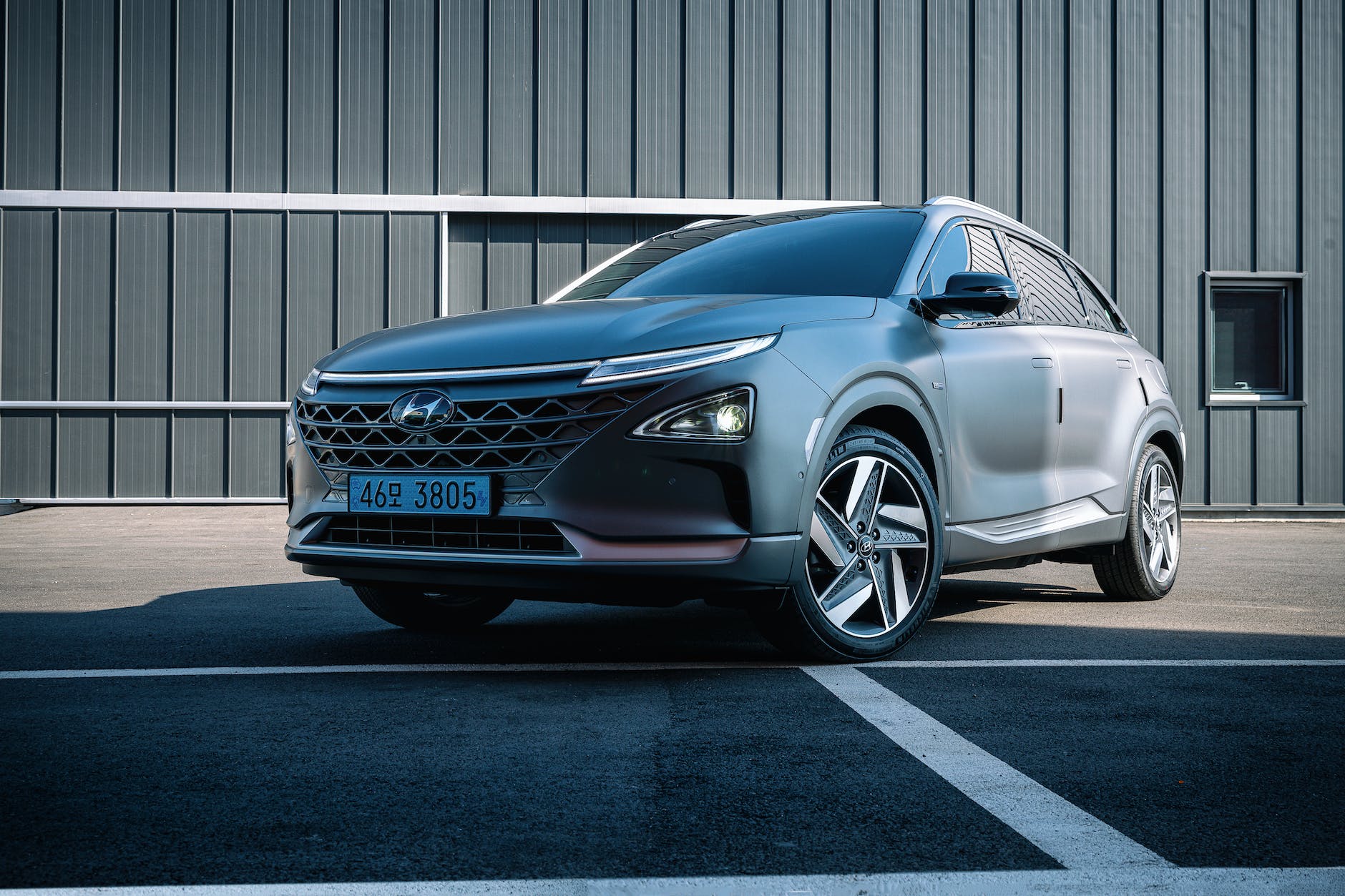
5. Nissan Rogue
A comfortable ride with a well-designed interior, the Rogue often gets praise for its user-friendly features. On the other hand, its CVT transmission has been a point of contention for some drivers. A solid choice for those who prioritize comfort and user-centric design.
Wrapping Up
While the Mazda CX-5 is a commendable SUV, the market is filled with worthy competitors. Depending on your priorities—be it performance, reliability, tech features, or budget—there’s likely an SUV that fits the bill. Always remember to test drive and thoroughly research any model you’re considering. Knowledge, as I’ve come to realize in my extensive career, is the key to making informed decisions.






